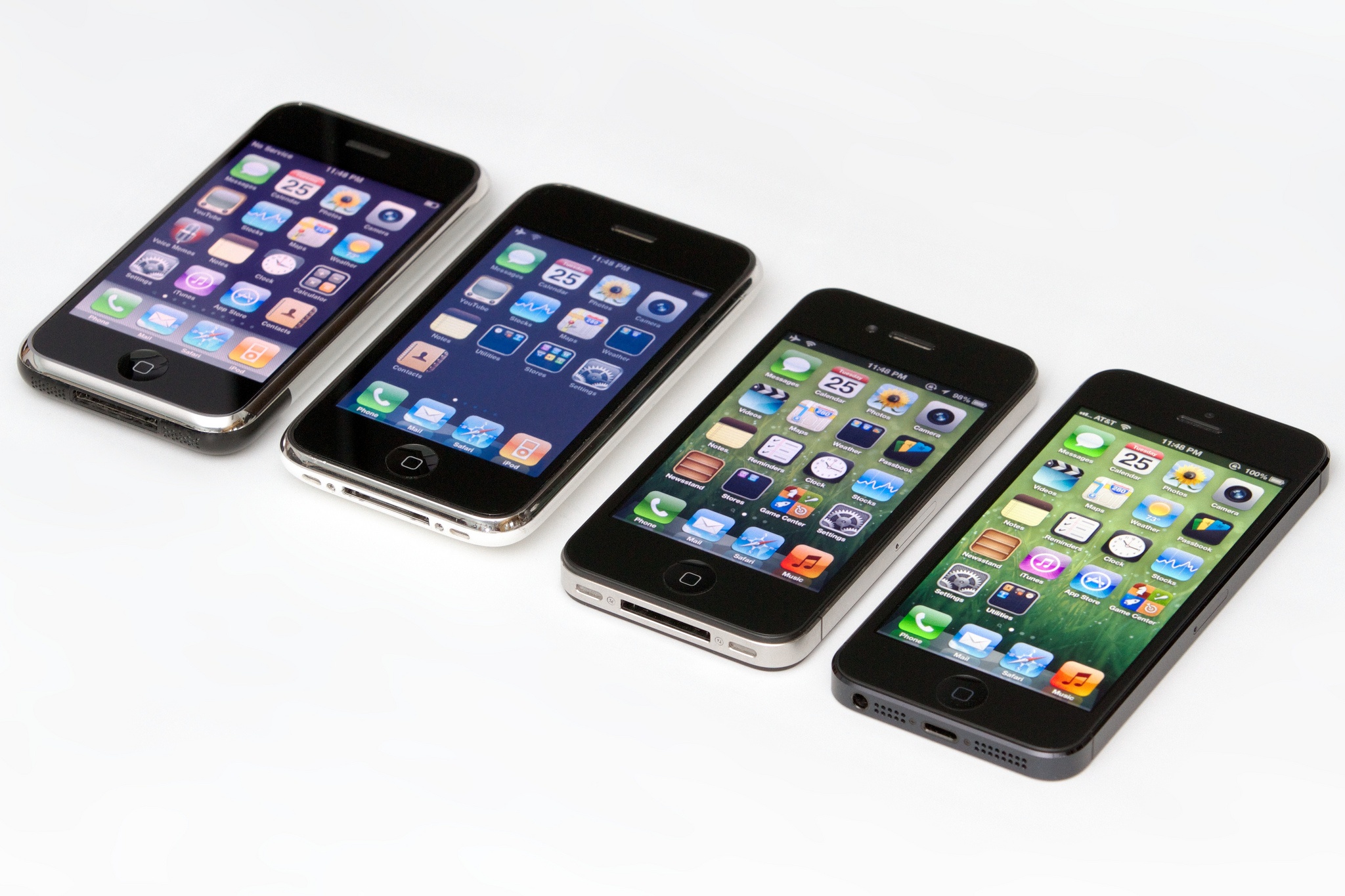It took only one device in 2007 to change the world. I’m talking about the Apple iPhone. This one phone has changed the entire landscape of how we interact with one another and the world. The iPhone isn’t the only smartphone, but it was the first, and all smartphones emerged from its breakthrough technology. Released over ten years ago, this device has continued to innovate and inspire other companies. It’s taken on new technology like the ability to unlock your phone with your face or finger. It’s connected us to even more services in social media and has made texting and calling easier.
Yet, despite these changes, the iPhone has changed little. Sure, it’s better and faster and the software can do more. But the phone itself — its essence — remains the same. iPhone is still iPhone. Anyone who saw the first iPhone, released in 2007, would recognize even the newest models.

I mention the iPhone here because I notice a similarity between it and direct mail. Yes, you read that right. Direct mail may be as old as Ben Franklin himself, but it, like the iPhone, keeps what is fundamental.
Still, some aspects of direct mail have changed, and a lot more will continue to change in the future. Let’s look at three ways that technology will impact the future of direct mail.
- Opportunities for Mail Pieces
- Accessibility of Data
- Integration of Marketing Channels
What Can I Mail?
If you’ve been out of the direct mail scene for a while or have never used direct mail for marketing, you’d be amazed at what you can now mail. We have clients mailing anything from a box filled with a sales letter and candy to customers having us produce 600,000 postcards in less than three days. You can mail bank bags or stuffed plastic trash cans. If your brain can come up with it, you can probably mail it. You’re no longer restricted to boring envelopes stuffed with sales letters or simple postcards. In fact, if you need a good place to start, or if you’re looking for something crazy, check out this blog here. The future of direct mail is ripe for the plucking.
But that’s not all. Advances in software have enabled us to integrate more complex variable data into our direct mail. In the past, software has limited us to a person’s name and address in sales letters. No longer! If you’ve got the data in a spreadsheet, you can sprinkle that data in your postcard or sales letter. You can make it about as personal as you wish. After all, you’ll convert more leads if you’ll make your marketing more personal. Because the more personal it becomes, the warmer the piece feels. You can say something like this: Hey, {John} – I noticed it’s been {three months} since you last came and saw us at {our store on West Street}. Just thought I’d say hello and that if you come visit us within the next couple weeks, I’ll give you {30 dollars} off your next order. All right, thanks, {John}. In the previous sentence, all those phrases outlined in brackets are variable data you can use in your next direct mail campaign. And the more you can do, the better.
Ample, Accessible Data
A belief 10 years ago was that as computers and technology advance we’ll have little need for printers. We can eliminate printers and paper altogether by turning to our smart devices. In some sense, this is true. I don't use my home printer; I have my smartphone for all the essential information to get through the day, like bills I need to pay and news I read. And even though I work for a direct mail company, I've opted to receive all invoices through email.
But the prophets who predicted the downfall of printers and paper could not have predicted the growth in the future of direct mail. Direct mail is up. Companies now send millions of direct mail pieces each year. Why is this? Printers can now produce more and more with higher quality in smaller windows of time. All with fewer resources. This allows companies to print and mail much faster than in the past. Soon, the possibilities will become endless and the costs will go down, leading to a brighter future of direct mail.
With companies like Google and Facebook, we now have ample data about people. And it's not limited to their location. It reveals their likes and dislikes, where they spend their time and with whom. This, like the speed and power of technology, will only increase as Google and Facebook grow bigger and their tools become more insightful.

With this data, you can compile lists of your customers and prospects. Let’s say you own an organic dog food company. That's a niche company. And because organic food costs more to produce, to make any profit, you’ll have to raise your food price. Now, you won’t be able to compete against Pedigree, a global giant in this market. Since Pedigree is so big, they can produce bags at a much cheaper rate than you.
What’s important is this, you need to sell your food to people who only want fresh, organic dog food. With data collection in the future, they’re might be a time when you can mail a list of people who only want this exact type of dog food. You’ll know when they last purchased, what type of organic food, their breed of dog, and much more. Some of this information might be out there already from list brokers. You’d have to poke around to find it. But in the future, it will probably be much more accessible. See how this works though. You don’t need to compete against Pedigree at all. With better lists, you can offer customers products that really suit their needs, and since every person is different, the possibilities are limitless here. With good data you can create and maintain a thriving business.
Better Integration
Finally, you can integrate direct mail even more with other marketing channels. Right now, many companies use every marketing channel to sell their products and services. They might lean more on one than others, but to cover their bases, they use them all.
Oftentimes, you can use Facebook to capture a lead. A typical lead will become aware of your company through Facebook and develop an interest in your service. He or she then decides to fill out a form by entering their name and email information. With that information, you can email, offering a discount or free service to the person. The person only needs to fill in their mailing address to redeem. Then, with that same mailing address, you can send your lead a direct mail piece, again offering a discount. If the person responds to the offer on the direct mail piece, you can track that they responded to your direct mail. See how this works – it’s all connected. All marketing channels collaborate to capture leads and sales conversions.
So what does integration look like in the future of direct mail? Future technology will enable companies to integrate these channels even better. Many companies have been using QR barcodes on their postcards. And while the QR buzz has died down, it goes to show what's possible. I recently read of a company that considered hiding an NFC chip in their postcards, which would track the exact time the recipient held the postcard and whether they turned it over, as long as the person had a smartphone near them. Further, when the person picked up the mail piece, it would send an alert to the company. Imagine the possibilities (and legal ramifications) if this became commonplace.
Whatever happens in the future of direct mail, its essence will not change. I believe it will remain a relevant and effective form of marketing.


